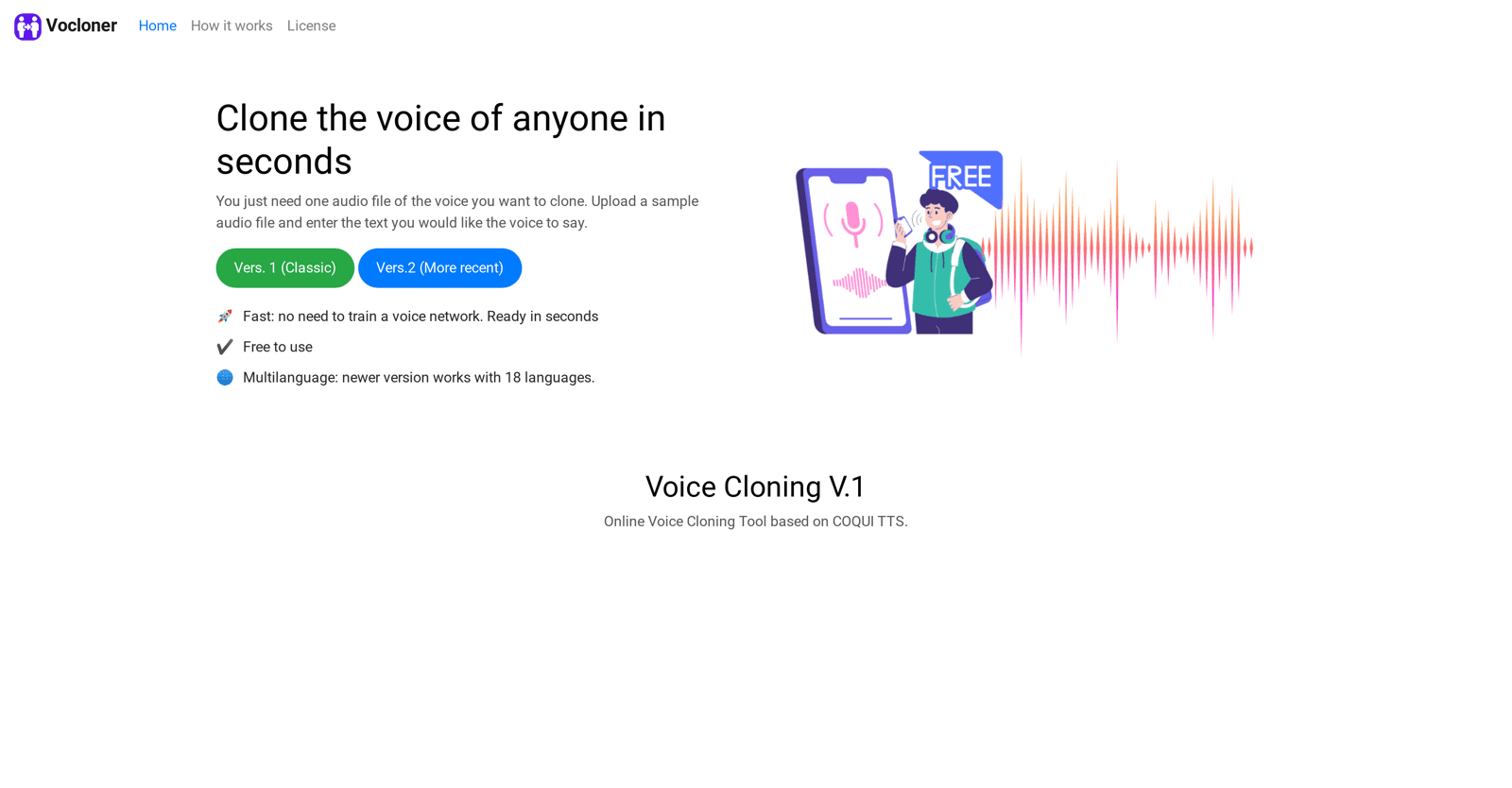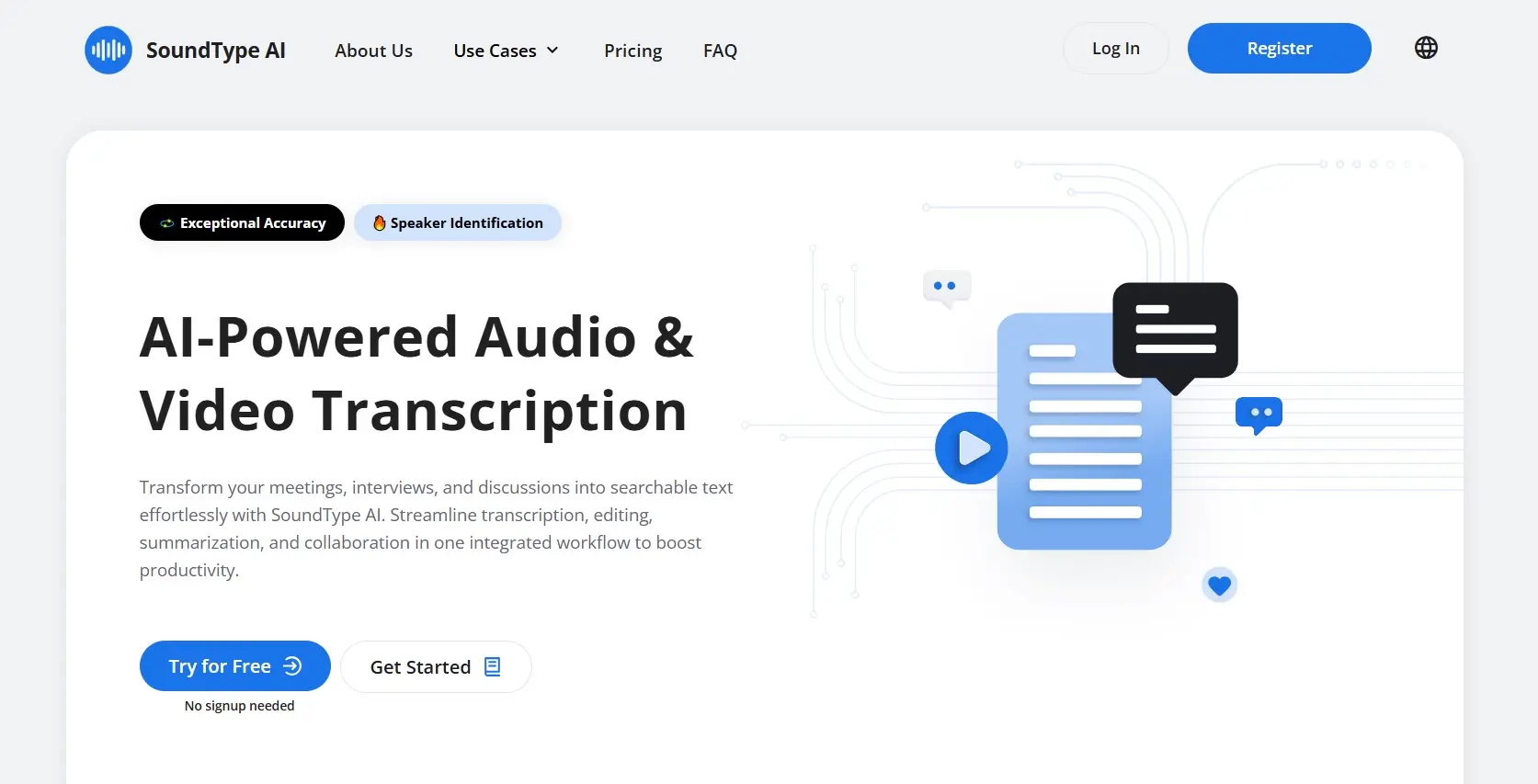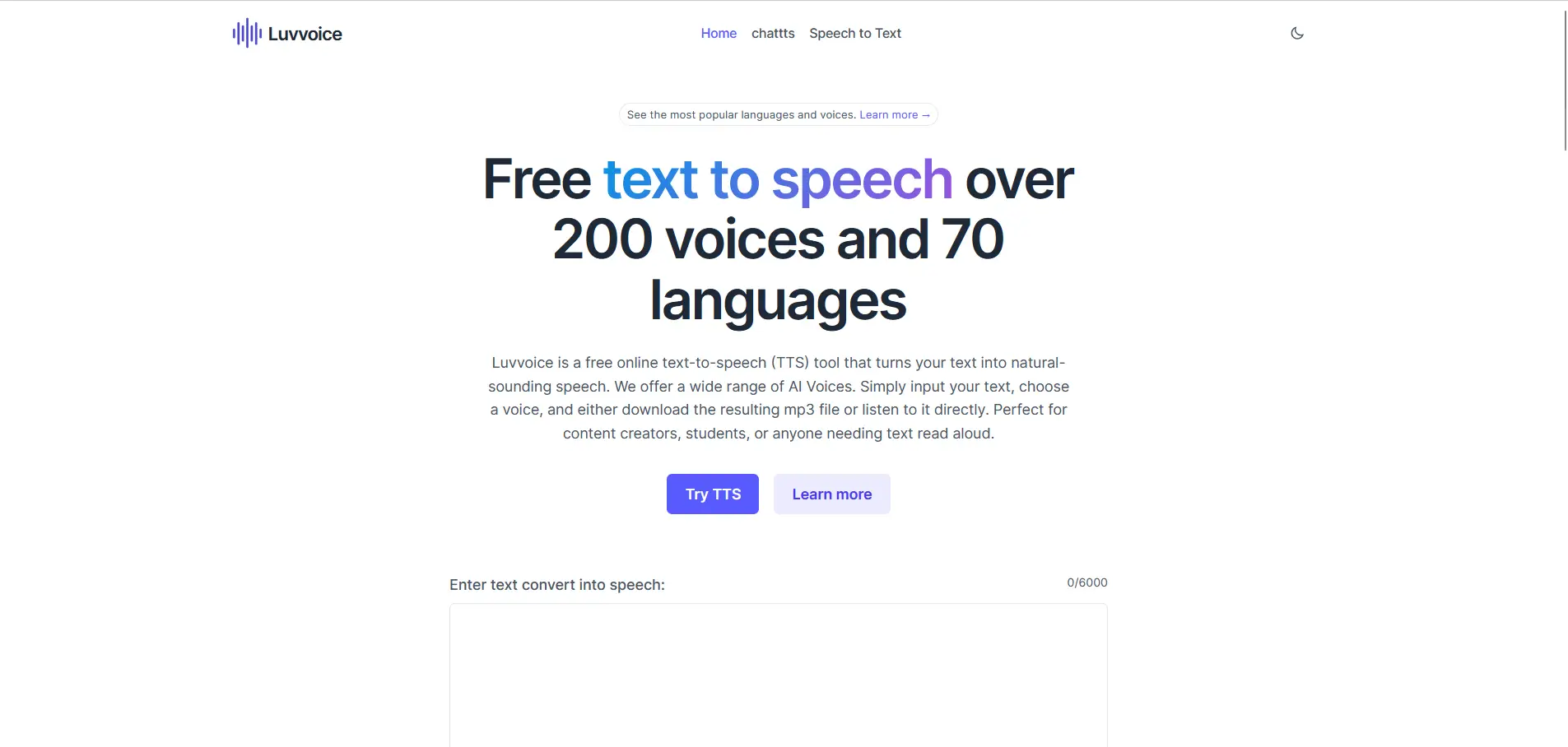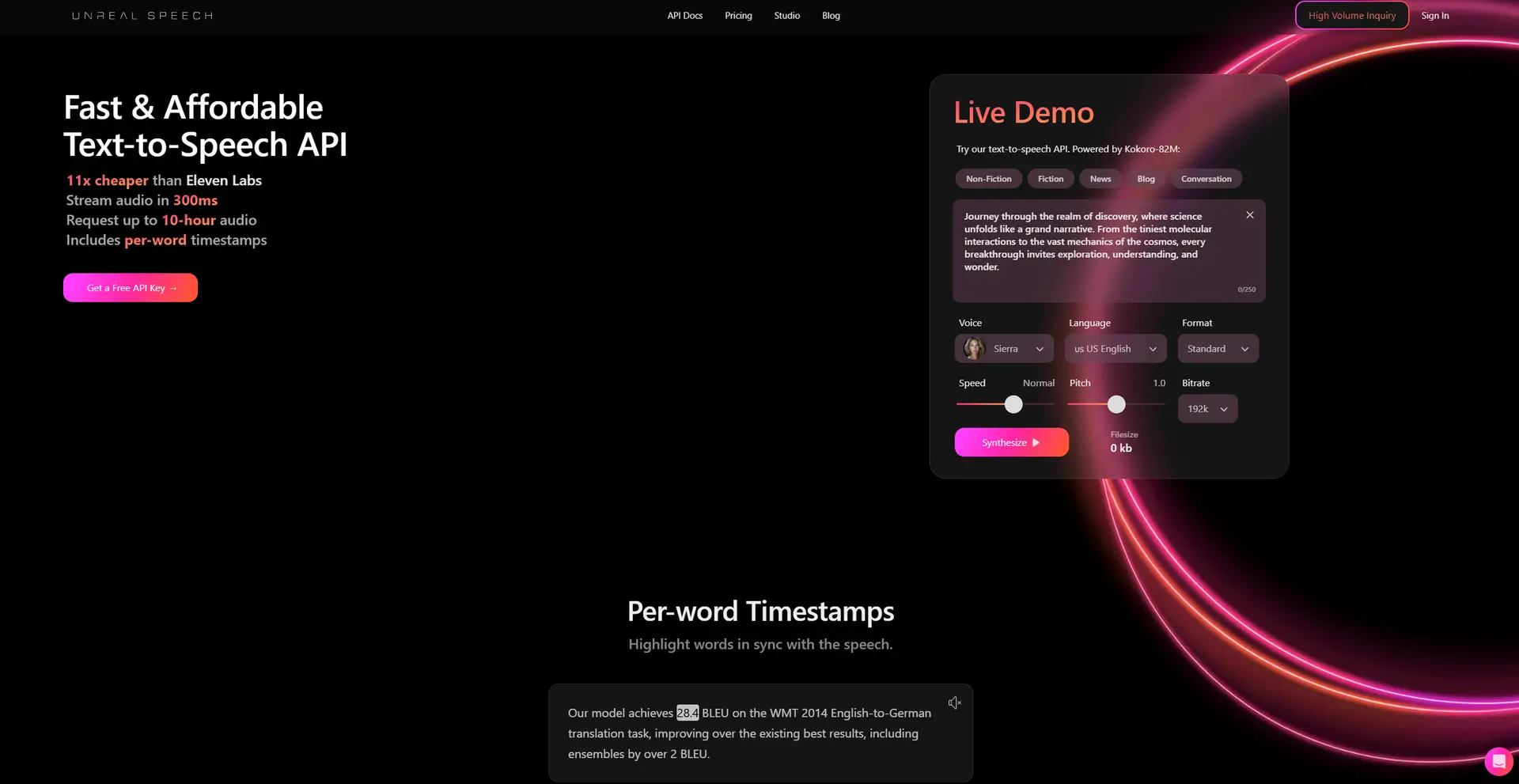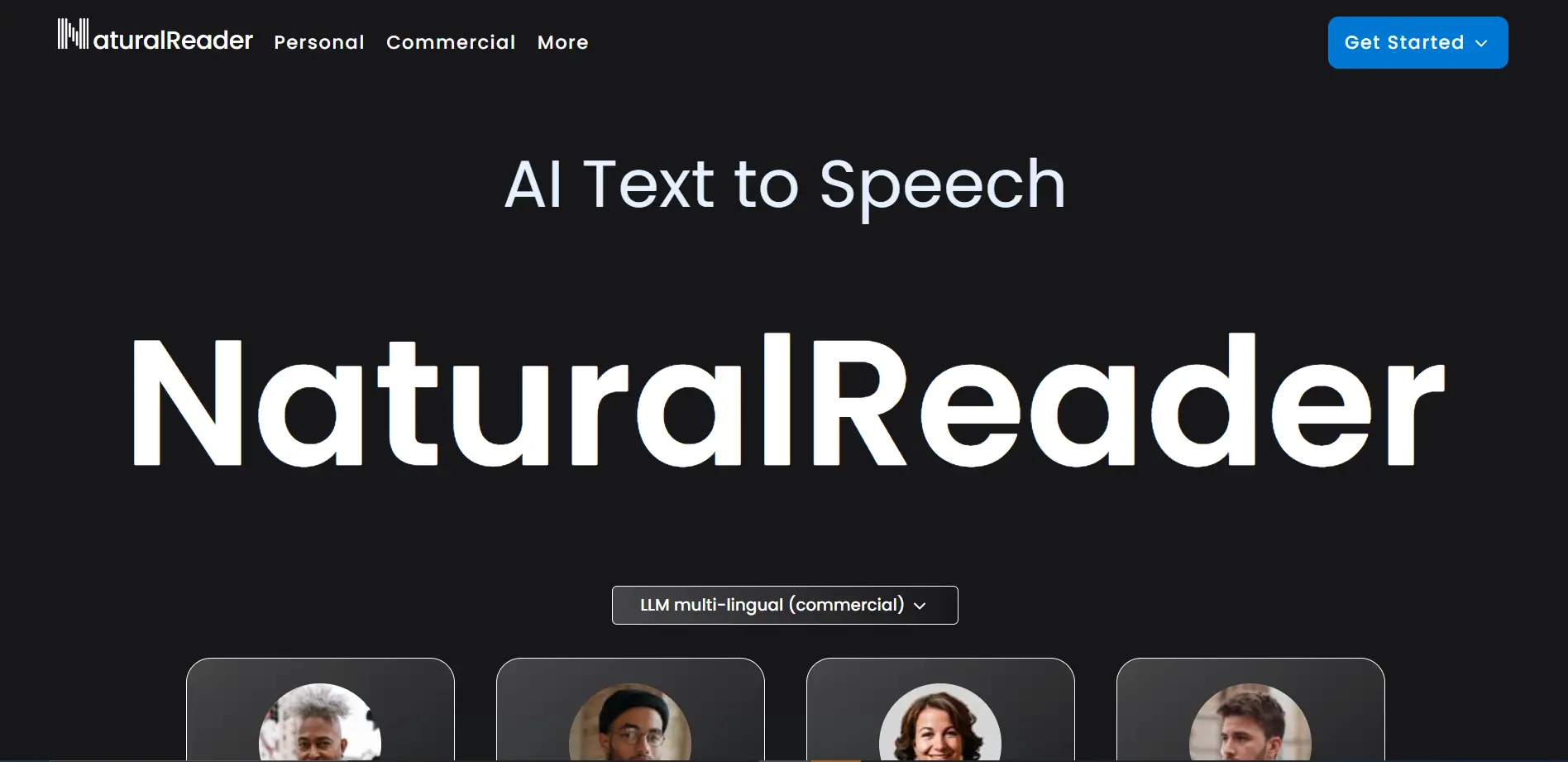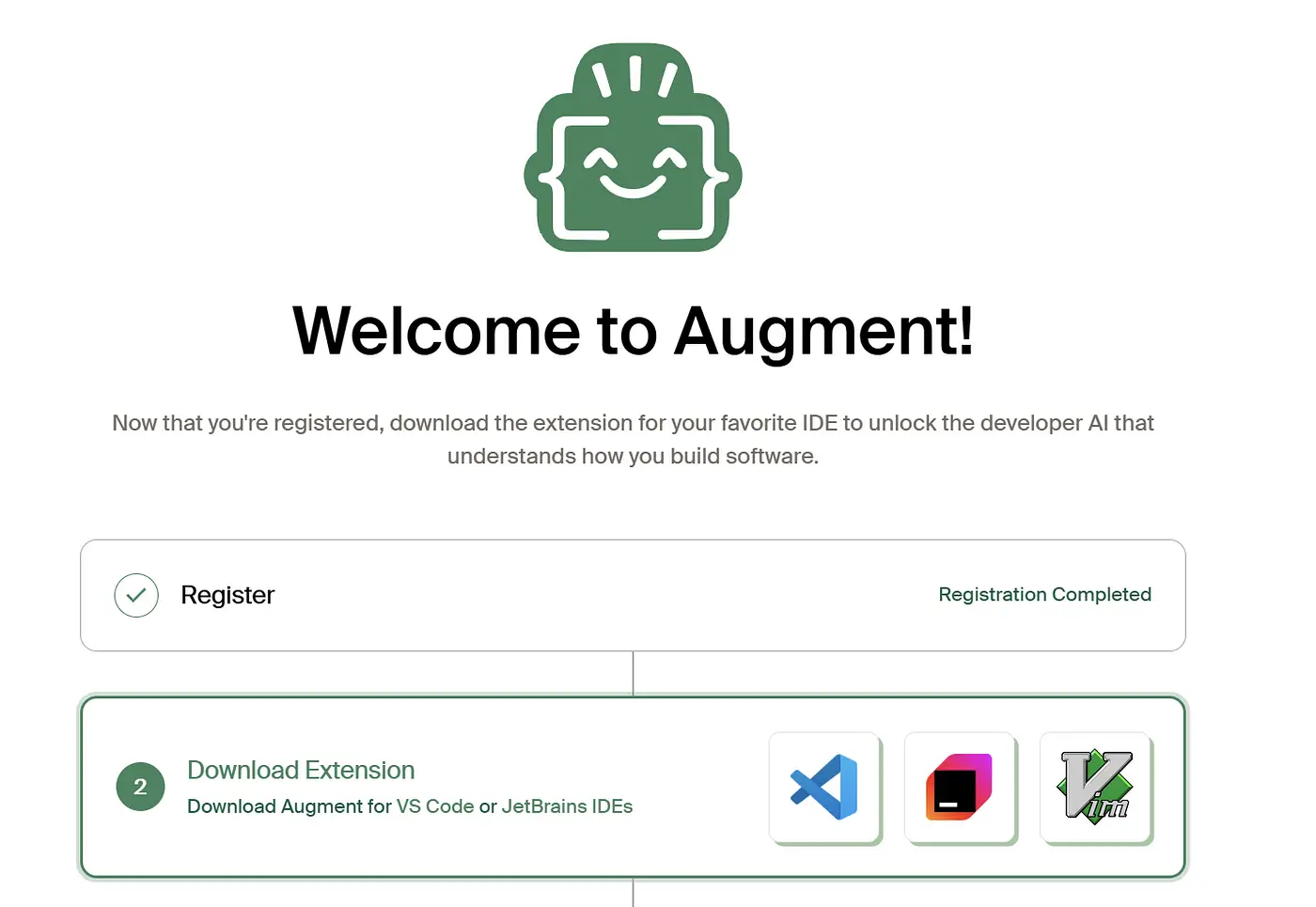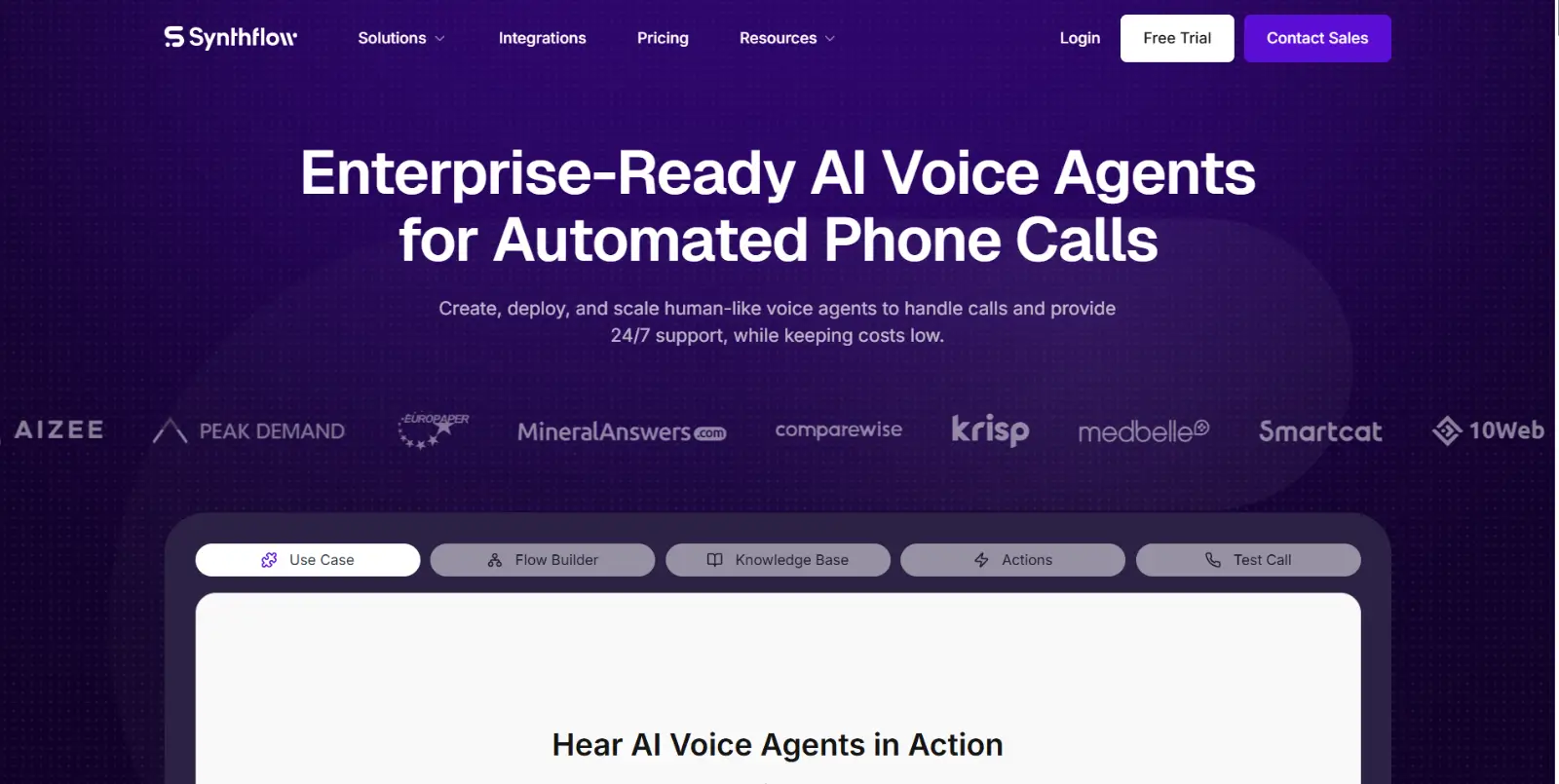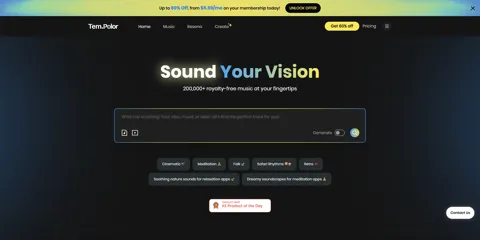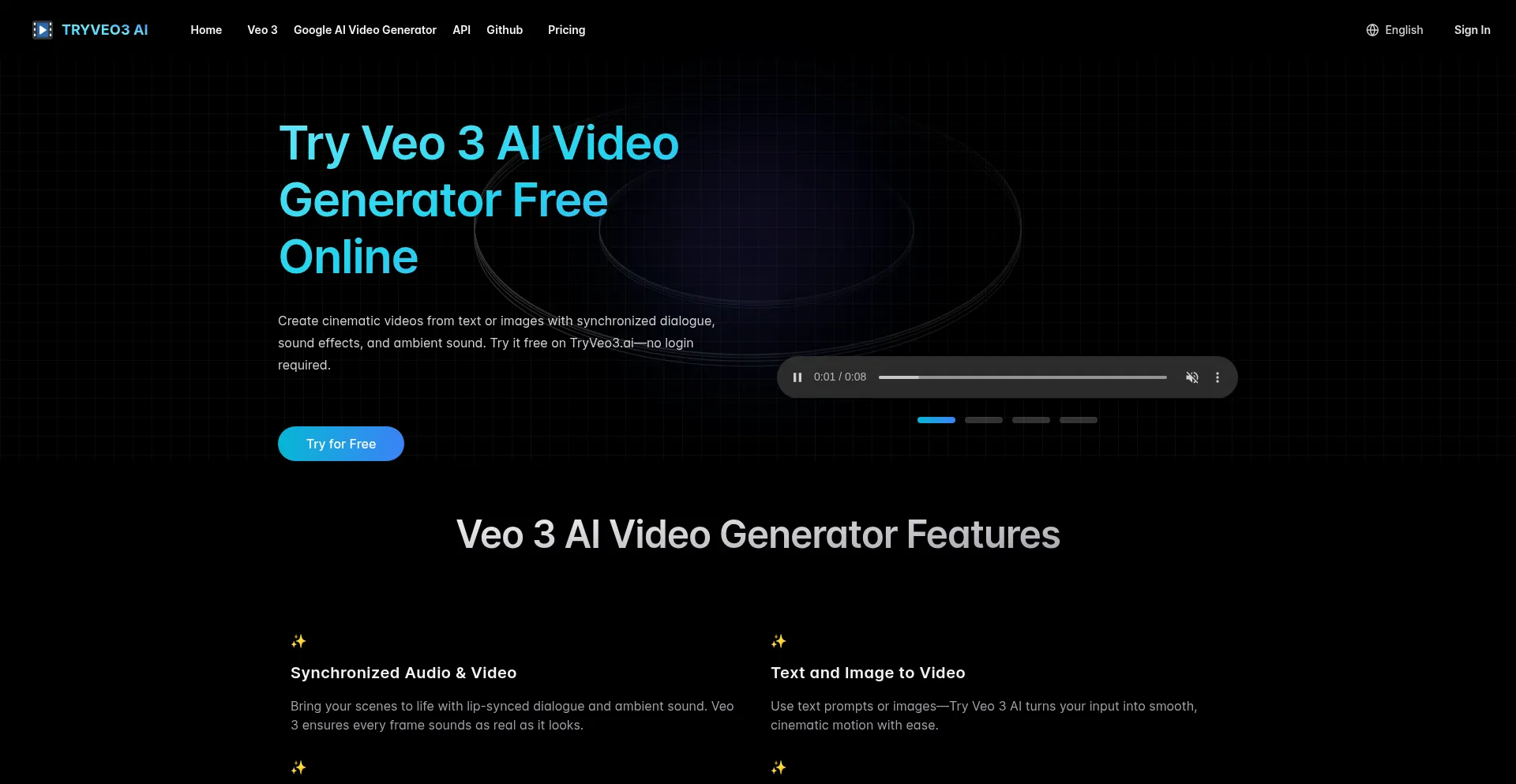Vocloner stands as an AI-driven voice cloning tool, enabling users to replicate any voice using a provided audio sample. Operating with simplicity and efficiency, it merely necessitates an audio file of the target voice and text input for the desired speech.
Upon inputting the text, Vocloner synthesizes it into the cloned voice. The tool presents two versions of voice cloning: a classic rendition and a newer iteration. Each version employs distinct voice synthesis technologies, with the latest iteration leveraging the XTTS Open Source tool developed by Coqui AI. This newer version also extends its utility to encompass multiple languages, broadening its applicability beyond English audio.
Before initiating voice cloning, users must acknowledge and consent to associated licenses. Additionally, the tool provides an embeddable demo, which may require a few seconds to load contingent upon network connectivity.
It’s noteworthy that Vocloner is freely accessible, rendering it an inclusive solution for users seeking voice replication capabilities. Users are encouraged to consult the official website for privacy and user agreements.
More details about Vocloner
Do I need to upload an audio file every time I use Vocloner?
Yes, to clone a voice using Vocloner, you must upload an audio file each time you utilize the tool.
Which voice synthesis technology does Vocloner use?
Vocloner utilizes two distinct voice synthesis technologies in its versions. The latest version employs an Open Source tool called XTTS, developed by Coqui AI.
Can Vocloner be used for any language or just English?
Vocloner supports both English and non-English languages, with the newer version accommodating multiple languages.
What are the steps to clone a voice with Vocloner?
To clone a voice with Vocloner, upload an audio file of the desired voice and enter the text you want the voice to speak. Be sure to agree to the terms before starting the voice cloning process.
